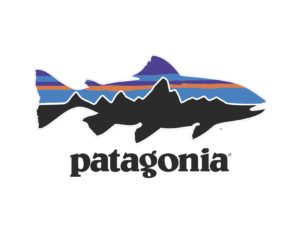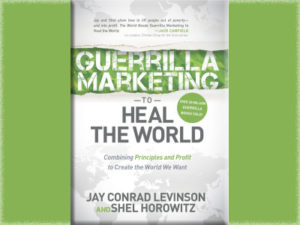40 Years Ago Today, We Changed the World (part 1—Why We Occupied Seabrook)
April 30, 1977 was a date that changed history—and I was there.
I was 20 years old. My then-girlfriend Nancy Hodge and I were part of the Rhode Island Affinity Group of Clamshell Alliance, a New-Hampshire-based safe energy activist group.
Like all the other participating affinity groups (typically consisting of 10-20 people), we’d been trained in nonviolent resistance. And we’d studied up on some of the many issues about nuclear power, among them:
- Risk of catastrophic accidents (including several that had already occurred and were not widely known)—and the subsidized limited-liability insurance that was no insurance at all for pretty much anyone other than the plant’s investors
- Cancer risks in routine operations, and much greater health risks when things went wrong
- Need to isolate the wastes from the environment for 220,000 years (and no known way to do this)
- Insecurity of the facilities, requiring extreme protection against natural disasters, human-caused failures, AND terrorist attacks—and thus threatening the freedoms of our whole society
- High capital cost and short lifespan, making this an extremely expensive way to generate electricity
- Hazards of ground, water, and air contamination
And many others. We also knew at least the rudiments of what was even then a far better alternative: harnessing clean, renewable technologies such as sun, wind, and water, and using the energy we already had much more efficiently.
And we knew that just a few years earlier, then-President Richard Nixon had called for 1000 nuclear power plants around the US. That the industry’s 1950s claim that nuclear would be “too cheap to meter” was utterly false. That the second-generation nuclear plants of the 1970s that were supposed to be safer were already showing problems. And that movements across Europe demanding an end to this unsafe and uneconomical technology were gathering strength, organized into affinity groups and providing a model for us. As far as I know, Clamshell Alliance, then about a year old, was the first organized regional movement of resistance against nuclear power in the US, but the movement in Europe, often involving nascent Green Parties, was becoming a significant force.
Nancy had made this beautiful sign with not-usually-permanent felt-tip markers, which she carried. Somehow, I ended up with it when I moved from Providence to New York. I have moved to a new place 12 times since I became custodian of the sign, and still know exactly where to retrieve it. And miraculously, though it’s faded and the cardboard is crumbling, that proud defiant common-sense message still comes through.

About two thousand of us marched into the construction site, armed with such “dangerous weapons” as tents, sleeping bags, and healthy snacks. I think a couple of people thought to bring small shovels to dig latrine pits. We camped out on the site that night and did various things to get centered in the morning. I chose to attend a deeply powerful Quaker Meeting in the parking lot that still stands out as one of the.most deeply spiritual encounters of my life.
1414 of us, including Nancy and me, formed our affinity groups into circles, linked arms, and refused to leave when the order to leave or be arrested was given the next day. We were taken one at a time from our circles and placed on school buses by State Police from all the New England states, and eventually driven to one of several National Guard armories. The Rhode Island Affinity Group was all together in the Manchester National Guard Armory, with about half of all the arrestees. If I remember correctly, we were able to take our possessions and we used those sleeping bags during our incarceration. Pretty sure the state did not supply cots.
What happened during our time “inside” was amazing, both inside the armories and out in the “real world.” Tomorrow, Part 2 will cover some of the outside-world shifts that we caused.





